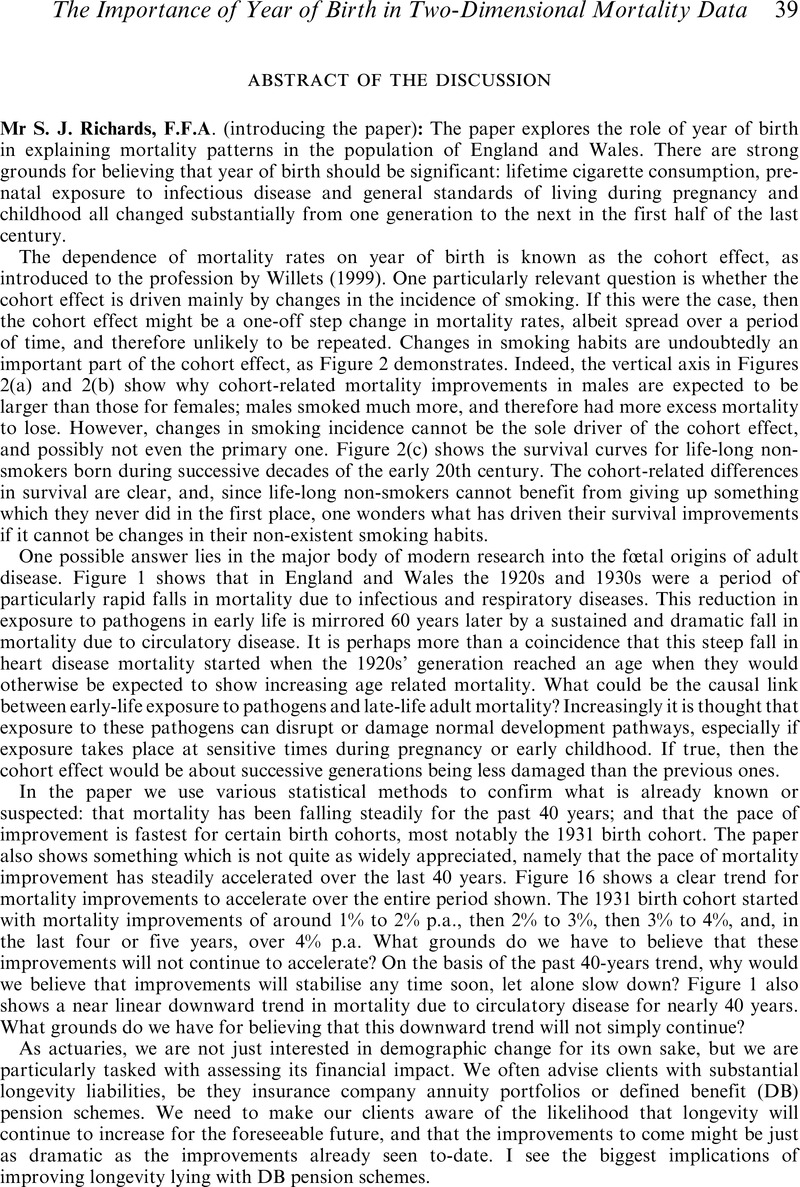Kuh, D. &
Davey Smith, G. (
2004). The life course and adult chronic disease: an historical perspective with particular reference to coronary heart disease. In
A life course approach to chronic disease epidemiology: tracing the origins of ill-health from early to adult life,
Kuh, D. &
Ben-Shlomo, Y. (eds.),
2nd edition.
Oxford University Press,
15–
40.
Google Scholar 